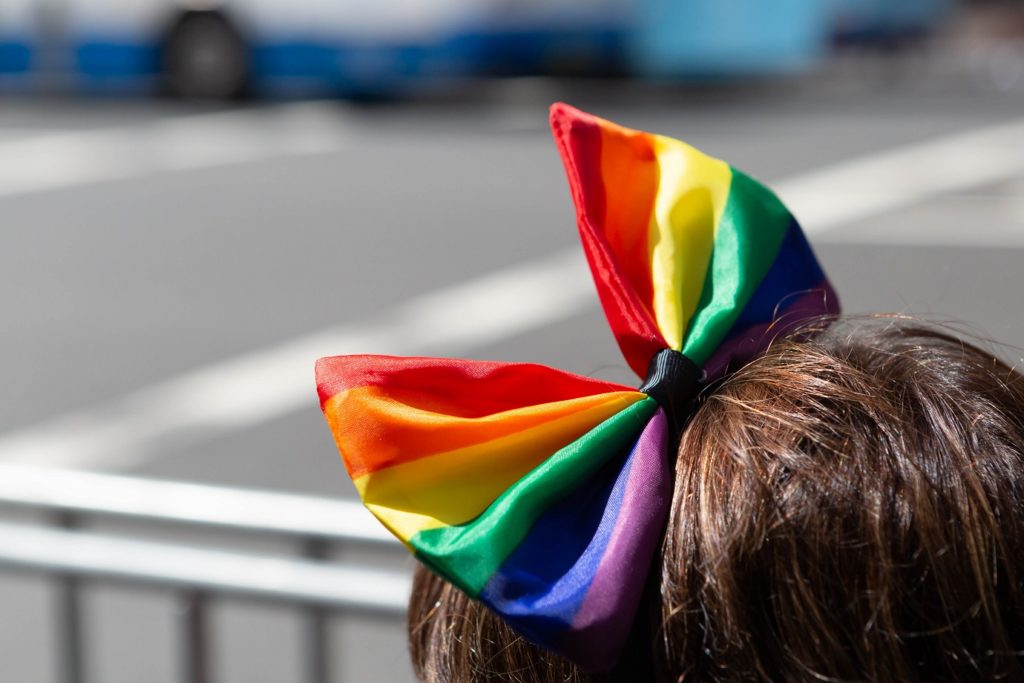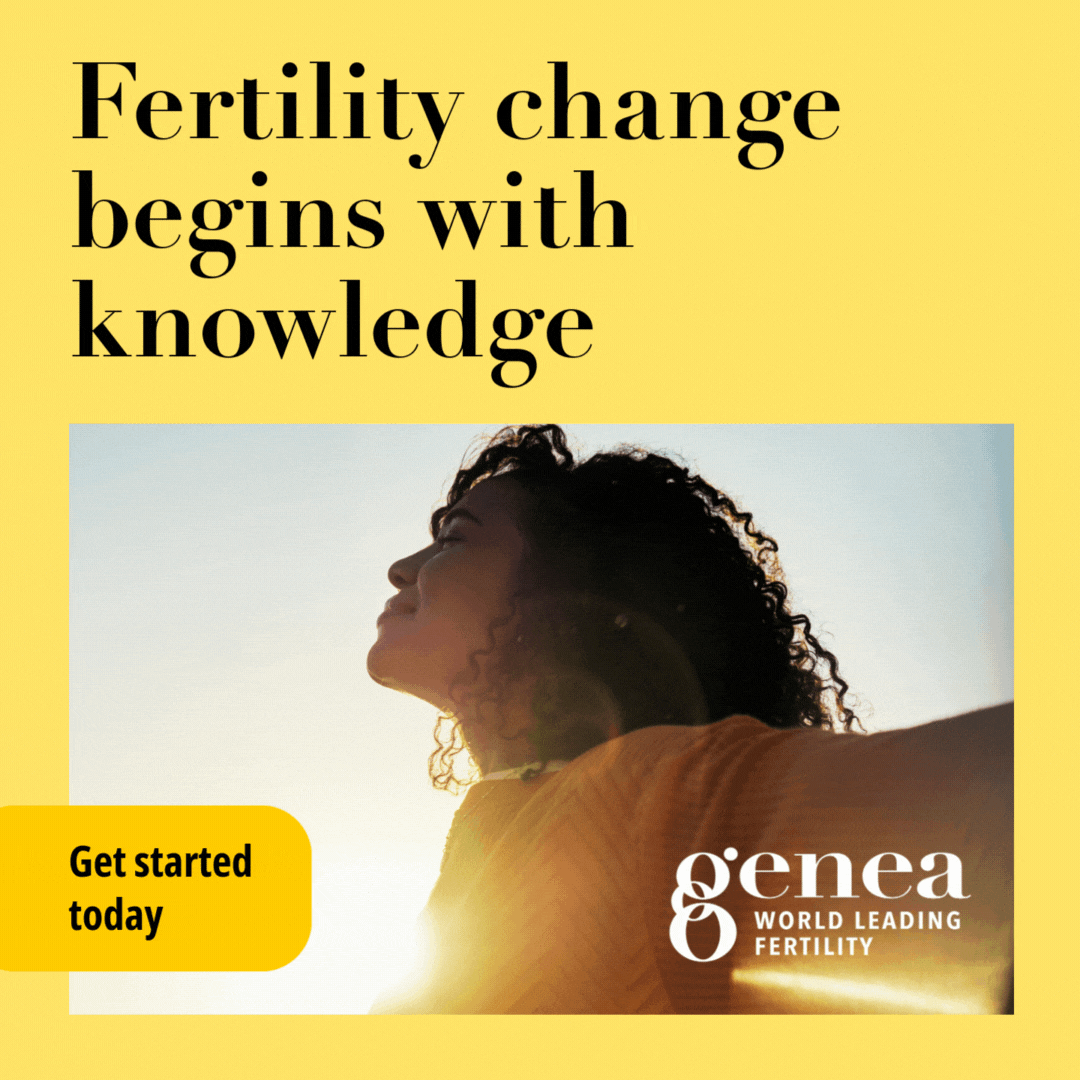On Tuesday, the Australian Bureau of Statistics will collect an enormous amount of data about the lives of Australians. But the 2021 Census will not find out how many LGBTIQ+ people live in Australia.
The Census, Australia’s largest national survey, is undertaken every five years, and by law, every household is required to take part in it. The lack of questions about sexual orientation, gender identity and variations of sex characteristics has concerned LBGTIQ+ advocates, who say it render a large part of society invisible.
“Do you know how many LGBTIQ+ folks live in Australia? It turns out no one does, and we’re not about to find out in the upcoming census,” Courtney Act said in a video shared on Facebook by Equality Australia.
“Census data is vital for making decisions about what services are available and where, and how much funding the need,” Courtney Act said in a video as part of Equality Australia’s campaign.
“So, shouldn’t the survey reflect the beautiful diversity of our communities? Yet in 2021, we still won’t be counted because there’s no questions about sexual orientation, gender identity or variations of sex characteristics.”
Given people in the LGBTIQ+ community face higher rates of mental health issues and often worse social and economic outcomes, having accurate data is essential to be able to provide the right services.
In an op-ed published by The Sydney Morning Herald this week, Anna Brown, the CEO of Equality Australia wrote it is a “no-brainer” that the government should back calls to properly collect data to address “a crisis in health amongst some of the most marginalised in the community”.
“Our young people are five times more likely to have attempted suicide than the general population; and almost one in every two children who are trans have attempted suicide,” Brown wrote.
“The problem is, we just don’t know in which parts of Australia all these people live, and that is something that a nationwide census could have told us.
“Also for the first time, the census will be asking people about chronic health conditions, but we won’t know how many LGBTIQ+ people are affected.”
This year, the census is providing the opportunity to select “non-binary sex”, as well as “male” or “female”. But Brown says this option won’t help to count all LGBTIQ+ people accurately, and will render many trans-women and trans-men invisible. It also does not recognise differences in gender identity and sex.
“Not only is this lack of recognition distressing for many LGBTIQ+ people, at its most basic level it is simply bad public policy,” Brown wrote.
A group of LGBTIQ+ advocacy groups have joined forces with a petition, calling for the introduction of three questions in the next census. Separate questions on sexual orientation, gender identity, and variations of sex characteristics are wanted by the groups in 2026.
“No Census has ever asked Australians questions on sexual orientation or variations of sex characteristics or whether they are trans or gender diverse,” the petition states.
“Research shows that LGBTIQA+ Australians experience worse social and economic outcomes than other Australians, with members of these communities reporting difficulties in accessing health, employment and other services because of stigma and discrimination.
“We call on the Federal Government to commit to following its own guidelines on recognition of sex and gender by including in the 2026 Census the best practice questions already developed in consultation with the LGBTIQ+ community.”



